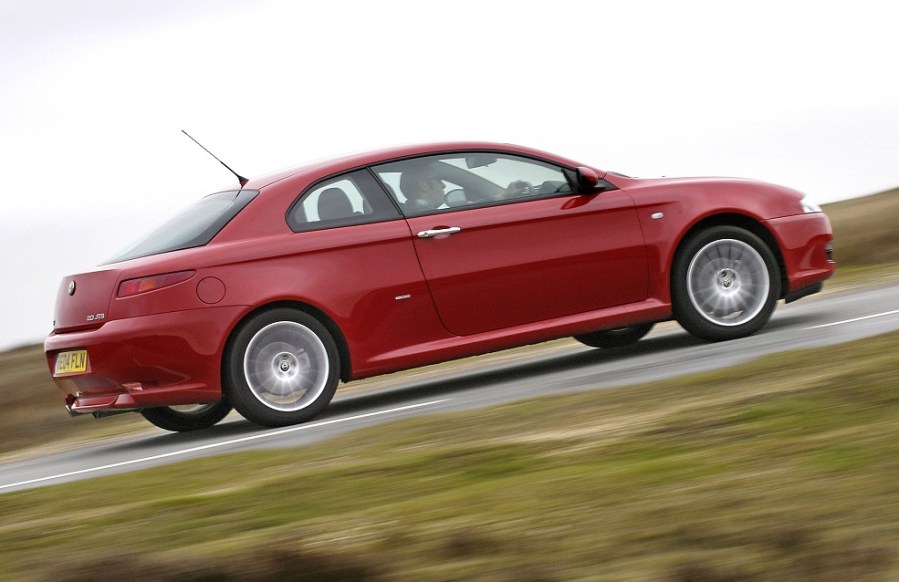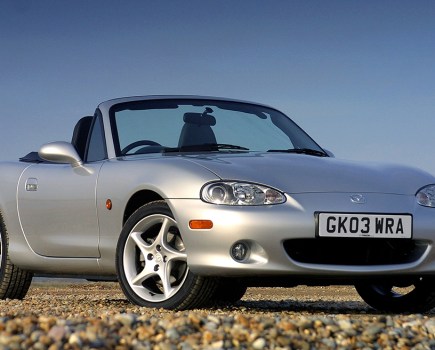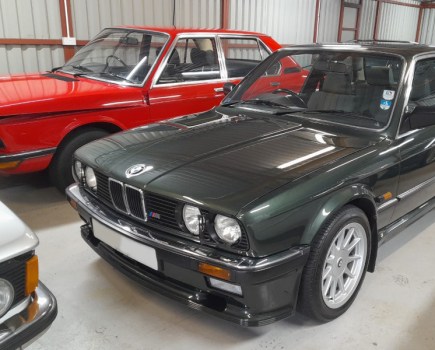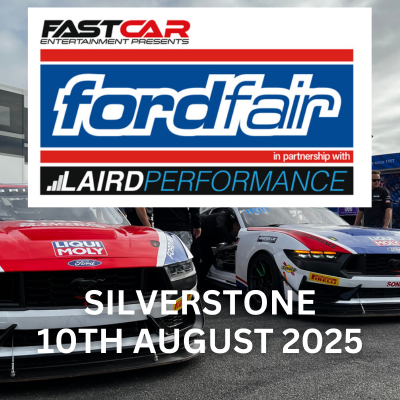Fancy a modern classic Alfa which is slightly different from the mainstream? Then the ’90s and 2000s Alfas offer much of the charm of the traditional predecessors.
It’s been said that you can’t consider yourself a real car buff until you’ve owned at least one Alfa Romeo. Of course the problem with that is that in many cases, one Alfa Romeo is quite enough before the flaky build quality triumphs over the style and driving appeal… but perhaps it’s time to take a fresh look.
By the 1990s, Alfa Romeo (or at least, its Fiat overlords) was painfully aware that to be taken seriously in the prestige market, quality needed to improve drastically and so it did. Witness the Autocar road test of the ‘916’ GTV which showers the car with praise and then ends by asking the question “Still want that BMW?”
From here we had the 156 and its derivatives, plus the solidly built and very modern 159 which led us to the current Giulia, alongside the GTV/GT/Brera coupes, the Spider convertible and the smaller 145/146/147 ranges.
No, parts support isn’t quite on a par with a Golf GTI but compared to their contemporary competitors, these modern Alfas mostly have charm in bucketloads and will all look the part at any classic car gathering you visit. Here’s a run down of the top 10 modern classics.
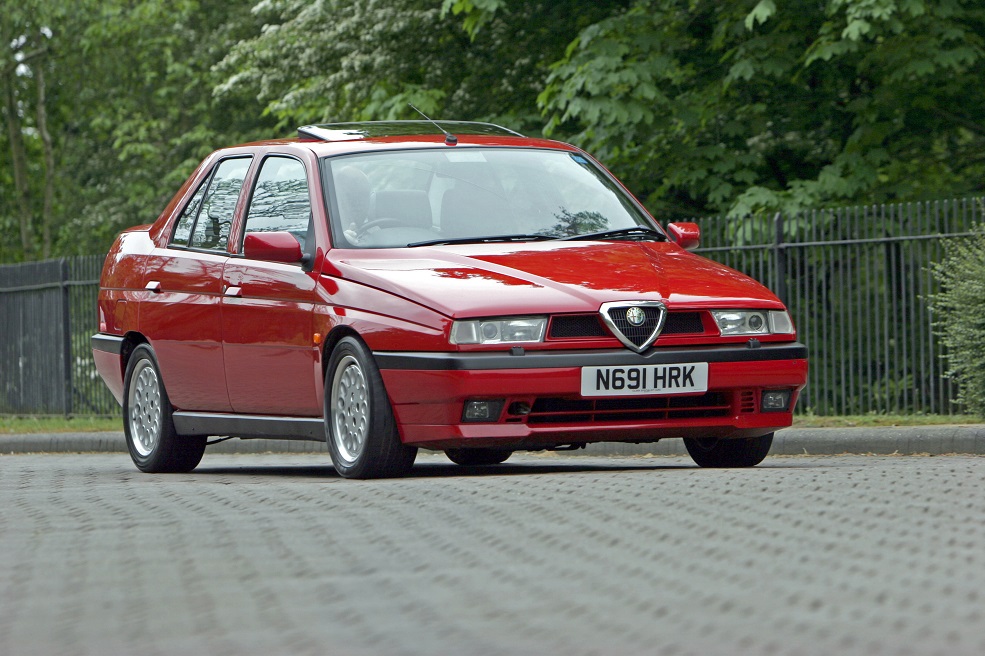
155: 1992-1998
By the time the Alfa 75 left production in 1975, the firm had run as far as it could with the old transaxle Alfetta platform (and its doors) and an all-new design was needed to compete with the Germans. The answer was the 155, built on the Fiat Tempra platform and a complete break with Alfa tradition using a transverse engine and front-wheel drive. The ‘Twin Spark’ was no longer the Alfa Twin Cam of legend but a modular Fiat design fitted with an Alfa head, offered in 1.8 and 2-litre forms alongside the ‘Busso’ 2.5-litre V6. Underneath, a wishbone front end and trailing arm rear gave it nimble handling, while in wide-body form (standard from 1995) it looked great. Success in touring car racing gave it kudos, as did the cracking turbocharged 4×4 Integrale-based Q4 but the 155 was never a big seller in the UK and is now a real rarity.
What to pay: £6000 for a presentable V6, £4000 for a 1.8 or up to £20k for the ultra-rare Q4.
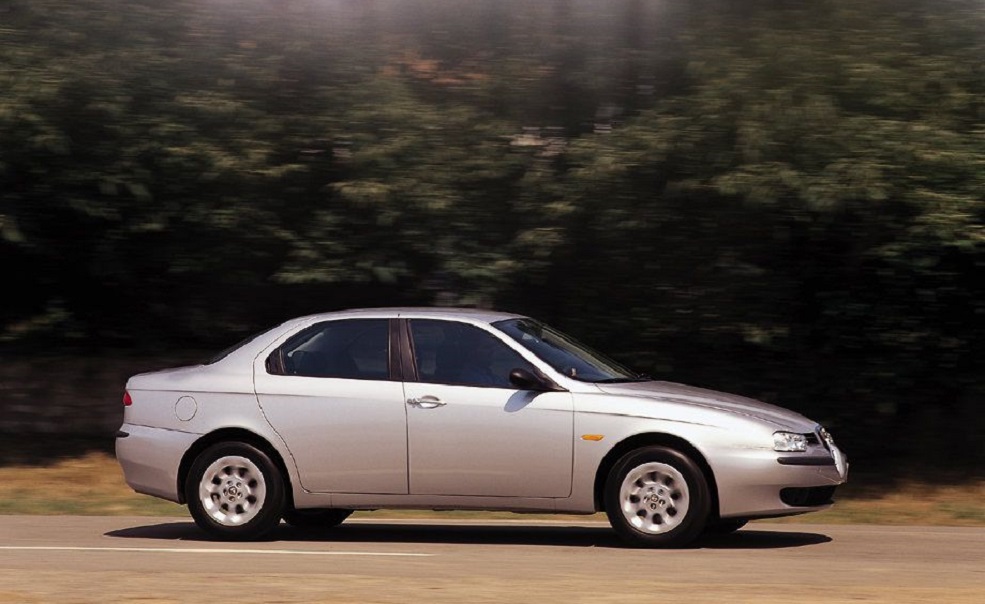
156: 1996-2005
Yet another launch billed as ‘the car to save Alfa’, the 156 was where it all came good, even if the car didn’t challenge the Mondeo or 3-Series in the UK fleet market. The 156 platform was shared with the firm’s 147 and GT as well as the Europe-only Lancia Lybra and it was Walter da Silva’s elegant style which set it apart on the road, with elegant curves which made BMW look dowdy and Ford just clumsy. For once Alfa went with an entirely conventional drivetrain: a range of market-friendly petrol and diesel engines ranging from the 1.6-litre four-pot to the 2.5-litre V6, with even the basic 1.6 knocking out a handy 118 bhp while the 2.5-litre V6 was good for 189 bhp and the 3.2-litre GTA with 247 bhp gave the M3 a run for its money. Despite being front-drive, the 156 was an entertaining handler and offered a style the sombre Audi and BMW just couldn’t match. Perhaps most surprisingly of all, build quality was pretty good and the 156 was easy to live with even if the dealers didn’t quite measure up to the German brand experience.
Facelifted by Giugiaro in 2003, the 156 was replaced by the 159 in 2005 and they do survive the years remarkably well. The Sportwagon estate makes an intriguing choice and with the 2.4-litre five-pot diesel sounds like an angry Quattro. Trim and body parts can be tricky to source but Alfa specialists should be able to handle all the mechanical parts.
What to pay: Shabby projects for less than £1000, presentable 1.8/2.0 cars from £3000 and nice V6s from £4000. The GTA is a different ballgame: your minimum is £9000, rising to £15,000 and more.
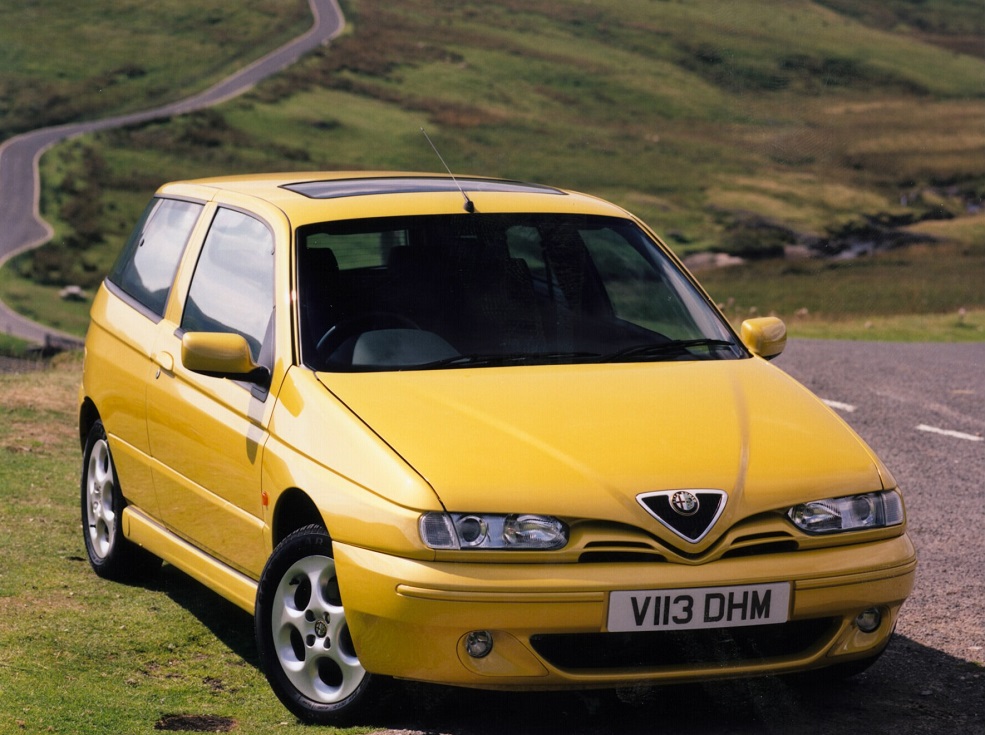
145/146: 1994-2000
In many ways the Alfa 145 was the spiritual successor to the Alfasud, intended as a replacement for the Sud-derived Alfa 33. An early triumph by stylist Chris Bangle (later of controversial BMW fame), the 145 was even offered initially with the flat-four boxer motors. These were replaced from 1997 by the Twin Spark engines, ranging from 1.4 to 1.8 litres, plus the 2-litre in the range-topping Cloverleaf.
The booted 146 was the stylish 145’s mechanically identical dumpy sister, and their cost and quirky nature made them small sellers in the UK despite a facelift in 1999.
What to pay: if you can find one, budget on £1500 for a useable car, rising to £3000 for the best.
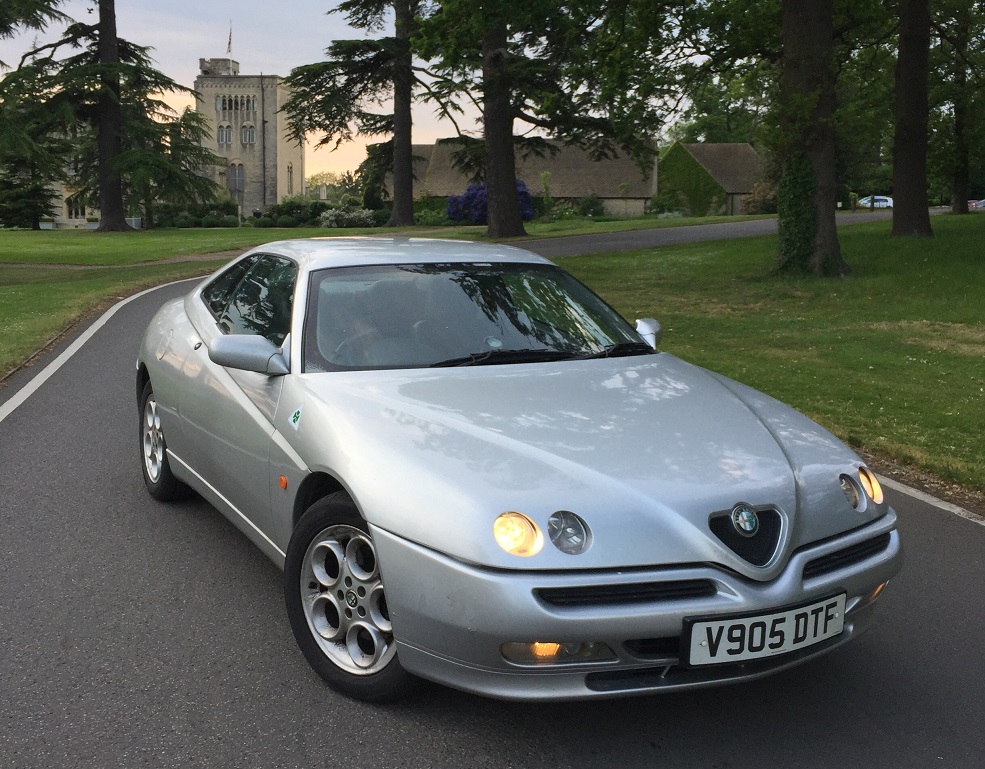
GTV/Spider: 1993-2004
The ‘916’ GTV coupe and its open-topped Spider sibling were arguably the first cars to usher in a new era of Alfas for which no excuses had to be made. The Fiat Group Tipo Due (‘Type Two’) platform was given a multi-link rear and with the 2-litre Twin Spark or the 3-litre V6 they previewed the 156’s running gear. Enrico Fumia’s wedgy design gave them a style unlike anything else and road testers praised the cars for their dynamics and – yes, really – build quality.
Today the GTV can be had for well under £1000, as proved by CCB’s own £500 example and decent Spiders start at not much more. Trim and detail parts can be tricky to source but for the most part they’re an easy car to own and in 3-litre or the later 3.2-litre V6 form they’re a credible equal to a BMW coupe.
What to pay: £500 for a useable if shabby GTV, £1000 for a decent Spider with working roof. From £3000 for a nice V6 GTV, rising to £8000 for the outstanding examples and up to £10k for the limited edition Cup.
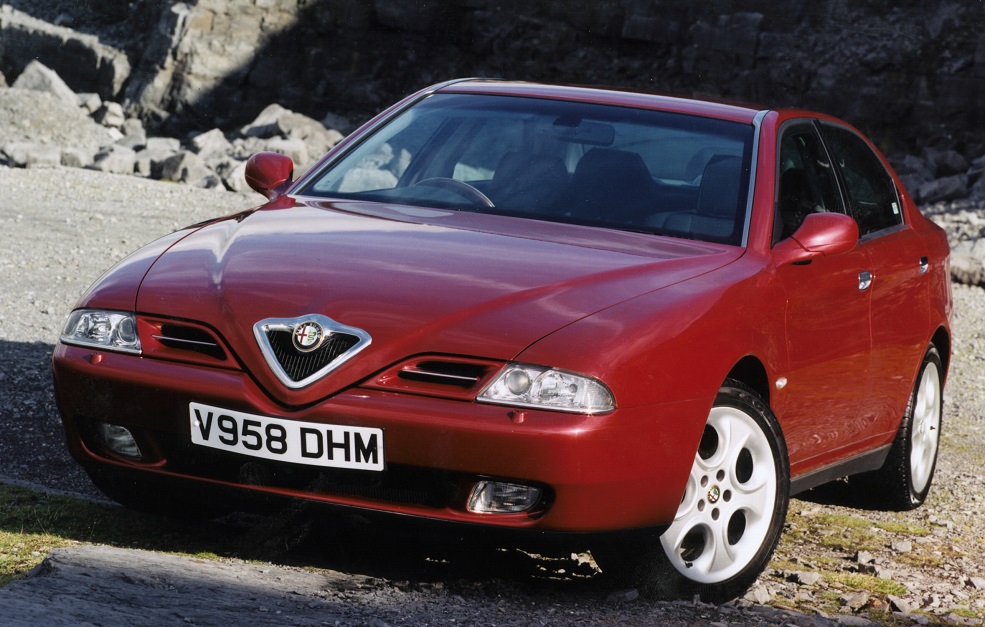
166: 1998-2005
In many respects the 156’s bigger brother, it’s reckoned that the 166 was in fact designed first, but such was Alfa’s parlous state at the time that the more mainstream 156 was given priority.
Sharing a platform with Lancia’s range-topping Thesis with wishbone front end and multi-link rear, the 166 was the replacement for the 164 which had taken the automotive world by surprise when it proved that Alfa could make a quality product. Compared to its predecessor though, it was a little lacklustre if perfectly competent. Launched with 2-litre Twin Spark or 2.5 and 3-litre V6 engines, the car was hampered by not offering a diesel for the UK market and although it received a 159-style facelift in 2003, right-hand drive sales ended in 2005.
What to pay: If you can find one, budget on £2000 for the 2-litre, rising to £4500 for really nice V6s.
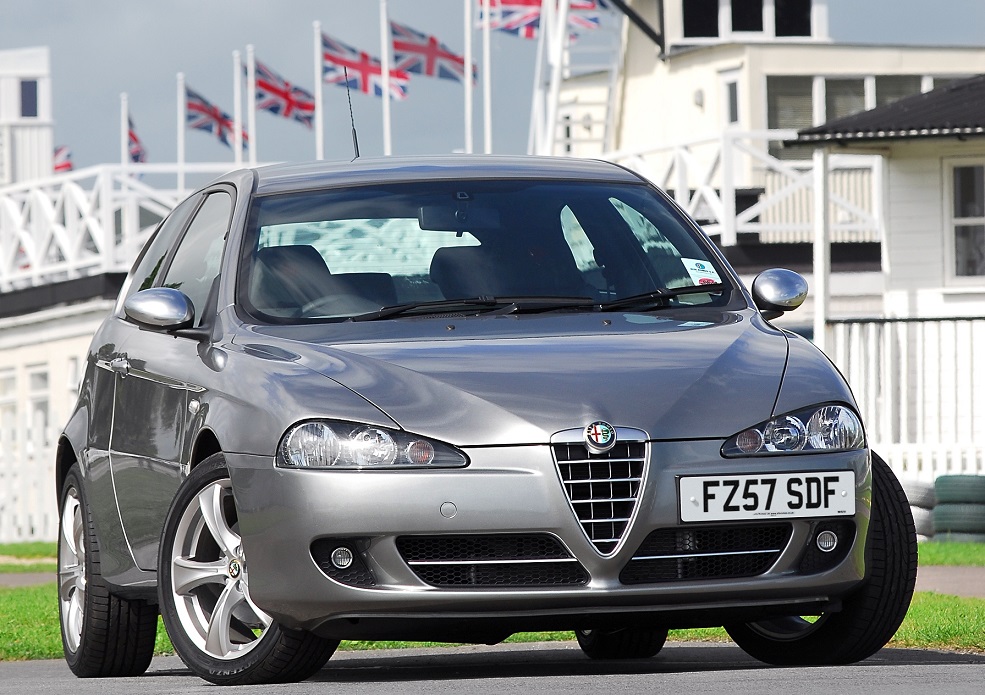
147: 2000-2010
Alfa’s answer to the Golf, the 147 was basically a hatchback version of the 156 saloon and shared that car’s running gear, including the option of a 3.2-litre GTA model which took the fight to the Golf R32 in a haze of Pirelli smoke.
Offered in three and five-door form, the 147 was a steady seller for Alfa and today makes an intriguing alternative to a Golf or Focus.
What to pay: Under £1000 for mid-range models showing their age, with nicer 1.8 and 2-litre cars at around £3000 and then a big jump to £10,000 for the GTA. Avoid the many cheap but broken Selespeed cars with the automated manual box.
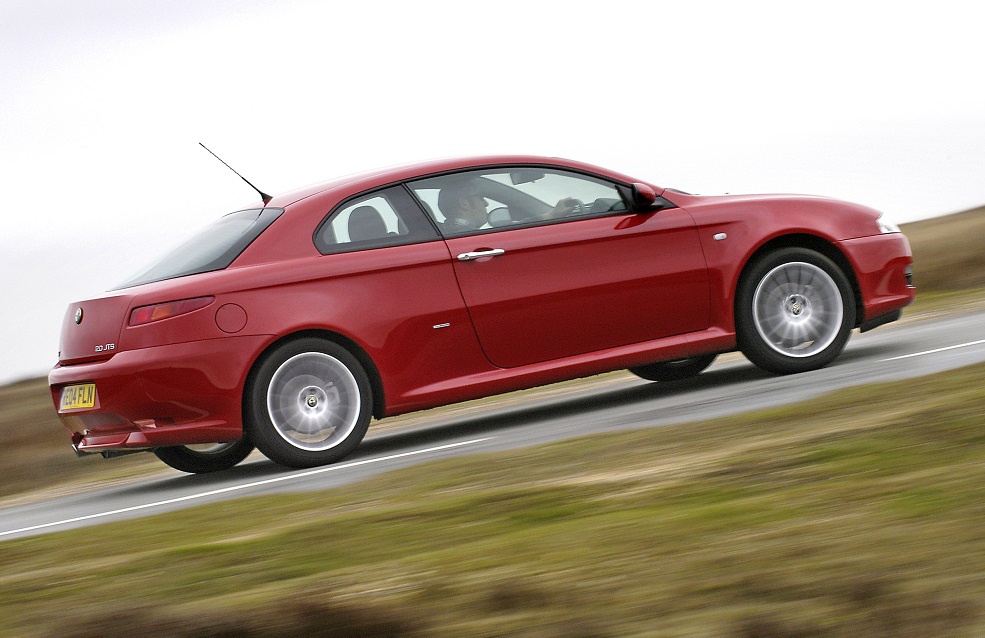
GT: 2003-2010
Overlapping the ‘916’ GTV, the GT was essentially a two-door coupe on the 147/156 platform, but offered a full four seats in the mould of BMW’s 3-Series coupes. It also offered a hatchback rear which was something Munich couldn’t supply.
Bertone’s design was an elegant masterpiece and with the 1.8 and 2-litre Twin Spark or 3.2-litre V6 plus the 1.9-litre turbodiesel it was an appealing alternative to the German coupes.
What to pay: Just £3500 will secure a GT, with presentable V6s from just £4500 and low-mileage late models running up to £8000.
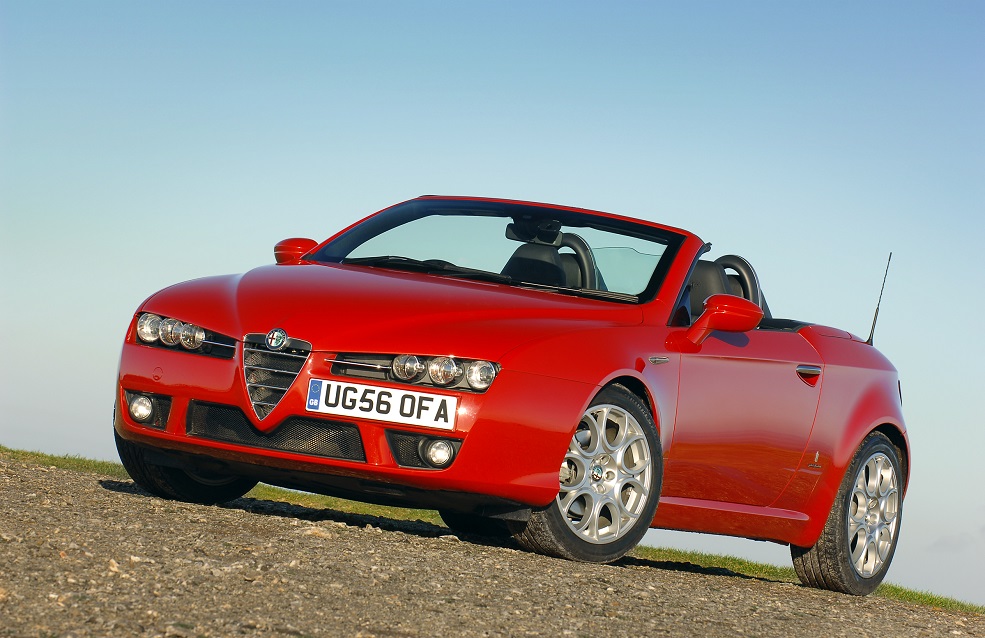
Brera/Spider: 2005-2010
Overlapping the GT, the Brera may have looked similar but was a smaller sports car to replace the ‘916’ GTV. Based on the 159 platform, it was also offered in open two-seater form as the Spider and both were offered with the new direct-injection petrol engines: the 1750 turbo and 2.2-litre JTS, plus the 3.2-litre V6 and either a 2-litre or 2.4- litre five-pot diesel.
These cars fall into the realm of models still covered by factory parts supply but exercise caution, as Alfa has a terrible track record of dropping support after just a decade: buy the best example you can find.
What to pay: Early Breras run from around £4500, with late model Spiders rising to around £13,000.
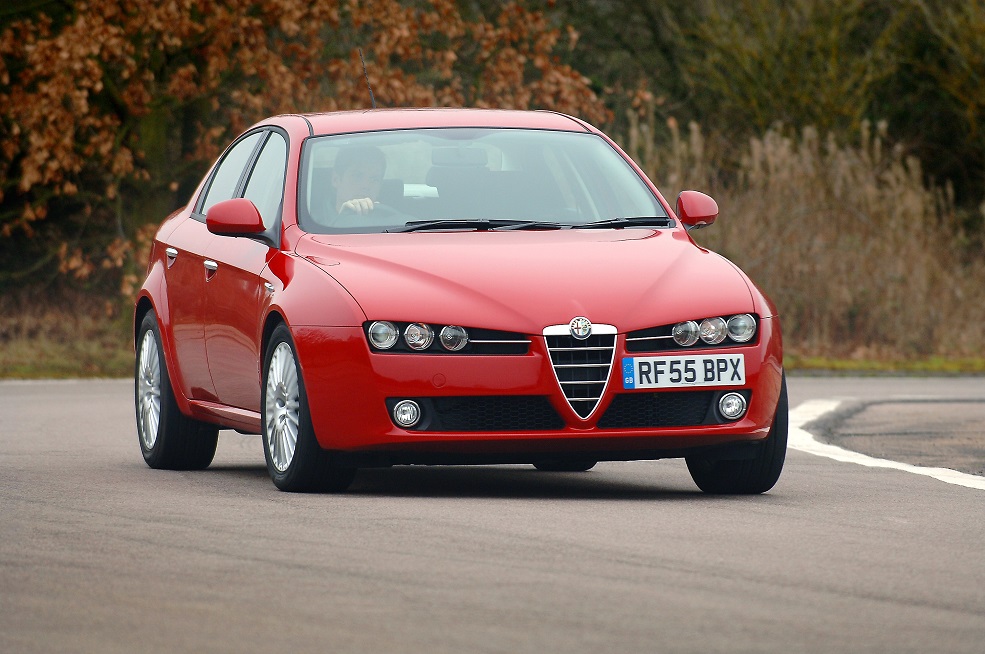
159: 2004-2011
The 156 would become the similar-looking but actually very different 159 in 2005 and although it was a very credible car, it did have a strand of genuine Alfa craziness running through it in that the platform was used only by this and the GT. A GM/Fiat joint venture, the ‘Premium’ platform had been intended to underpin a range of upmarket Alfa, Buick, Cadillac and Saab models. Following the collapse of the Fiat/GM link in 2005, the GM and Saab models reverted to the firm’s own platform and the Alfa was the only model to use it.
Although the 159 was loved by buyers searching for something different in the compact executive market, Alfa pulled the plug on its larger cars in 2011, leaving a gap which was later filled very neatly by the Jaguar XE. However, the slightly orphan status of the 159 in the mainstream car trade means late model cars are temptingly affordable – and they’re a great drive.
What to pay: Just £2000 will buy a mid-range example, while the 3.2 V6 offers the same fun as its 156 GTA predecessor but at a fraction of the cost: think £4000. Tempted..?

